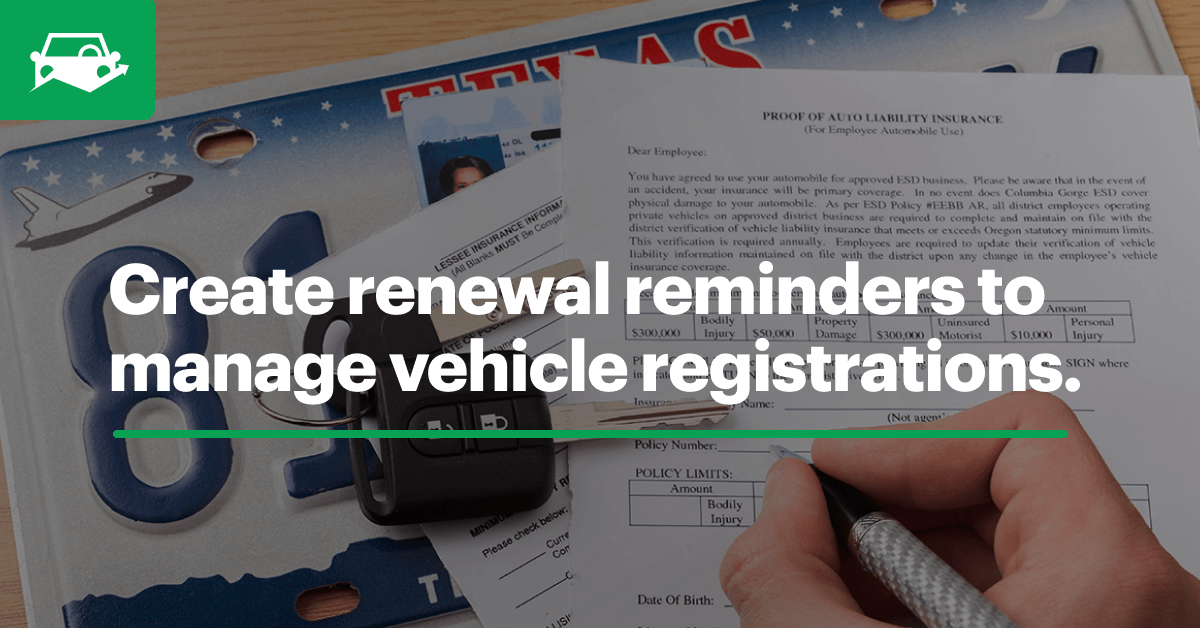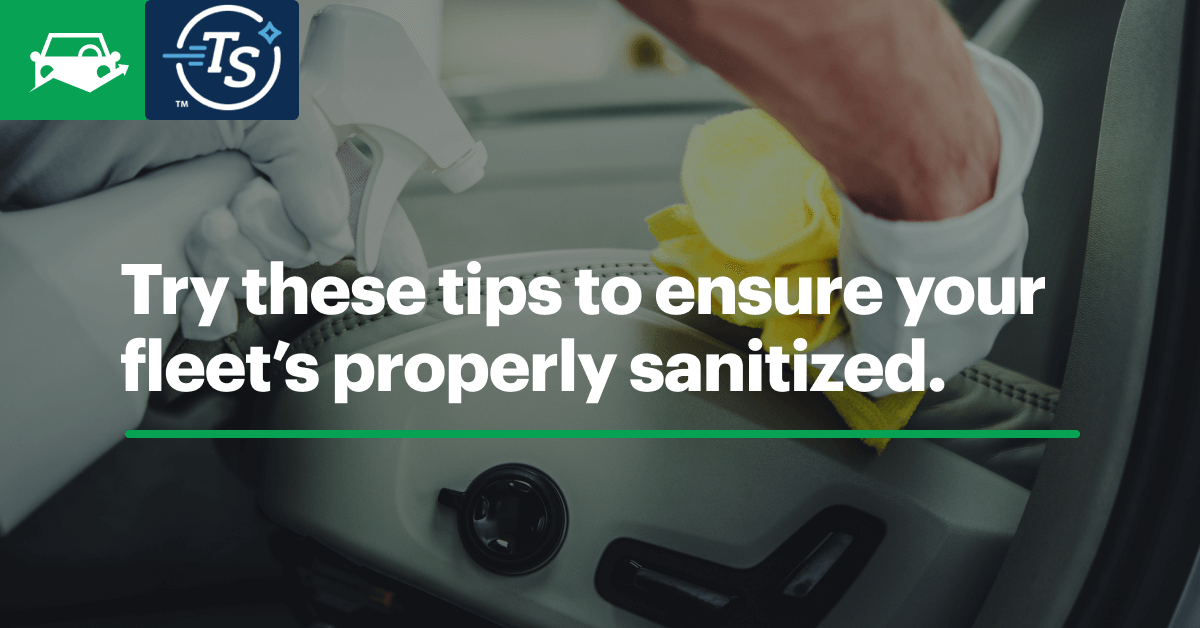Vehicles don’t exactly age like fine wine, but that doesn’t mean you can’t keep your fleet vehicle running for hundreds of thousands of miles. Here’s how you can keep high-mile vehicles running in your fleet.

Adhere to a service schedule
In prior posts, we’ve stressed the importance of creating a schedule for routine vehicle maintenance and suggested helpful preventive maintenance tools. The fate of your fleet’s ability to function can’t be left to chance.
Sticking to a servicing schedule is best; however, some unexpected things like strange smells or sounds coming from the vehicle may signal the need for immediate maintenance.
Vehicle replacement is an expensive cost for fleets, which places significant weight on maximizing an asset’s lifespan. Vehicle longevity can be achieved through routine maintenance and maximize your vehicle’s return on investment.
Track oil and filters changes
Regularly scheduled oil changes are vital in maintaining a healthy engine. Oil changes keep an engine’s parts well-coated and defend against potentially damaging heat and friction. Additionally, oil and air filters need to be replaced to prevent excess debris build up from contamination.
High-mileage vehicles face a number of potential problems that special high-mileage oil is uniquely formulated to address. High-mileage motor oil can help reduce oil consumption, minimize leaks and oil seepage.
If you outsource fleet maintenance, make sure your vendors are aware that you want to opt for these recommended specialized high-mileage oils on your vehicles.
With fleet management software, you can set up event-based triggers to alert you when a vehicle has reached a potential level in the range of every 5,000-7,500 miles to change the oil. This handy feature takes the hassle out of trying to manually track maintenance intervals.
Don’t crack under pressure
Inspecting tires regularly can extend their lifespan, enables better handling, leads to improved fuel mileage and keeps your drivers safe from potential blowouts. Your drivers should check to make sure there are no cracks, leaks or low tread on your tires during routine vehicle inspections. If they come across any tire issues, be sure to contact your local Firestone Complete Auto Care and schedule an appointment to replace them.
Maintaining proper air pressure in your tires is equally important. Inspecting tire pressure should be included in your driver’s routine vehicle inspections. You can find the optimal tire pressure for your vehicle in the owner’s manual or a sticker located in the driver’s side door jamb.
Keep in mind, these levels are based on when the tire is cold, so it’s best to check tires in the morning. For a quick pressure check, remember to keep a tire-pressure gauge in each of your fleet vehicles.
Using fleet management software allows you to track the vitals of an asset including things like maintenance, fuel consumption and a variety of other insights to analyze and make any proactive decisions to keep your fleet running smoothly.
Streamline your fleet operation and keep your fleet running smoothly. Start your free trial or request a demo of Fleetio Manage today.



